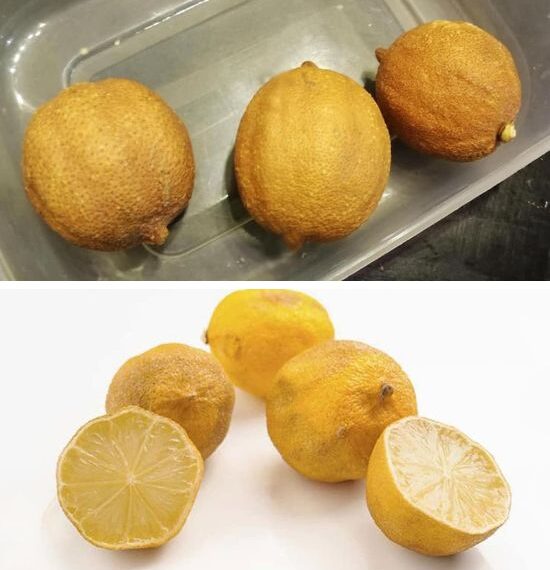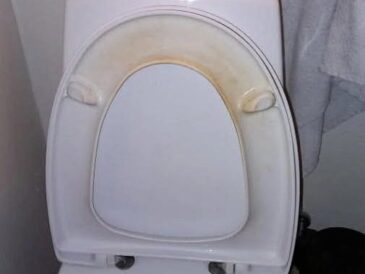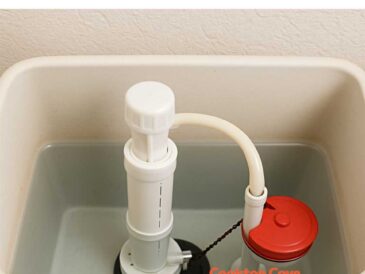We’ve all been there: you open the fridge and spot those sad, wrinkled lemons that seem way past their prime. The first instinct is usually to toss them out—but hold on! 🛑 Those hardened lemons may not look pretty, but they’re still packed with natural oils, fragrance, and cleaning power. Instead of wasting them, let’s explore clever, eco-friendly, and surprisingly useful ways to reuse old lemons.
1. Natural Cleaner Extraordinaire 🧽✨
Even when lemons harden, their juice and oils remain acidic—perfect for cleaning.
- Scrub your cutting boards: Sprinkle baking soda, rub with half a hardened lemon, and rinse. Stains and odors disappear like magic.
- Shiny faucets & sinks: Rub an old lemon directly on metal fixtures to remove water stains and limescale.
👉 Fact: The citric acid in lemons is a natural antibacterial agent, making them as effective as many commercial cleaners.
2. Fridge & Trash Deodorizer 🚮🌬️
Old lemons are fantastic at neutralizing bad smells.
- Place a hardened lemon wedge in your fridge to absorb odors.
- Toss one into the bottom of your trash bin before adding the bag—it will keep funky smells at bay.
👉 Did you know? Lemon essential oil is often used in air fresheners because its fresh scent is proven to reduce stress and improve mood.
3. Revive and Flavor Your Water 💧🍋
Even dried lemons can still release flavor!
- Slice and boil them in water for a refreshing lemon tea.
- Add a piece to plain hot water with honey for a soothing drink.
This works because the essential oils in lemon peel remain fragrant long after the fruit has dried.
4. Natural Microwave Cleaner 🍋🔥
Microwave smelling funky? Pop in a bowl of water with old lemon slices. Heat for 2–3 minutes, then wipe. The steam loosens grime, and the lemon leaves a fresh scent.
👉 Fact: Heat helps release more oils from the lemon peel, which is why this trick works so well.
5. Homemade Insect Repellent 🐜🦟
TO CONTINUE READING THE ARTICLE PLEASE SEE PAGE 2





